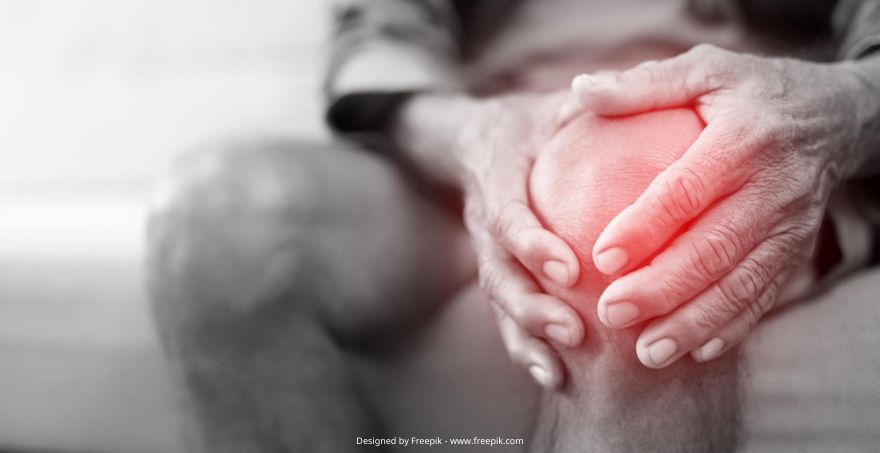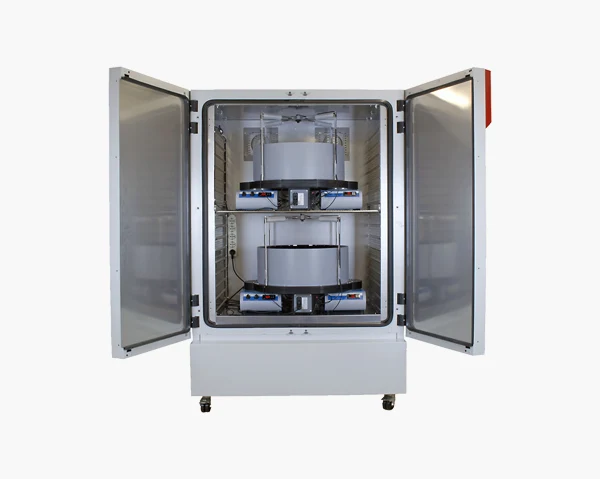Nature Communication: Ugo Basile's devices used to assess pain sensitivity in mice

Ugo Basile RotaRod and Dynamic Plantar Aesthesiometer used to clarify the mechanisms underlying pain modulation in support of the definition of therapeutic strategies for the management of chronic pain
The paper "NAAA-regulated lipid signaling in monocytes controls the induction of hyperalgesic priming in mice", published on Nature Communications, explores the role of the enzyme NAAA (N-acylethanolamine acid amidase) in regulating lipid signaling in monocytes and its impact on hyperalgesic priming induction in mice.
The study hightlights the importance of lipid signaling in pain modulation and the involvement of NAAA in the metabolism of lipid signaling molecules such as N-palmitoylethanolamine (PEA) and N-oleoylethanolamine (OEA), which are known to exhibit anti-inflammatory and analgesic properties.
One of the key findings of the study is that inhibition of NAAA activity leads to a reduction in hyperalgesic priming induction in mice. This suggests that NAAA-regulated lipid signaling in monocytes plays a crucial role in the sensitization process underlying hyperalgesic priming.
To assess pain sensitivity in mice, the researchers employed behavioral assays, including the use of Ugo Basile's RotaRod and Ugo Basile's Dynamic PlantarAesthesiometer.

The RotaRod test evaluates motor coordination and balance by measuring the time a mouse can stay on a rotating rod. Learn more about Ugo Basile RotaRod for mice and rats

The dynamic plantar aesthesiometer measures mechanical sensitivity by assessing paw withdrawal responses to mechanical stimuli. Learn more about Ugo Basile Dynamic Plantar Aesthesiometer
By utilizing these behavioral assays, the researchers were able to demonstrate that NAAA inhibition not only reduces hyperalgesic priming but also alleviates pain-related behaviors in mice, as evidenced by improvements in motor coordination and reduced sensitivity to mechanical stimuli.
Furthermore, the study delves into the molecular mechanisms underlying the effects of NAAA inhibition on hyperalgesic priming induction. It is revealed that NAAA inhibition results in alterations in the production of lipid mediators, specifically PEA and OEA, in monocytes. These lipid mediators are known to exert anti-inflammatory effects and modulate pain sensitivity through interactions with cannabinoid receptors.
Overall, the findings of the study shed light on the critical role of NAAA-regulated lipid signaling in monocytes in controlling the induction of hyperalgesic priming in mice.
To learn more about the important results of the study, read the open access paper "NAAA-regulated lipid signaling in monocytes controls the induction of hyperalgesic priming in mice"
Do you want to deepen your knowledge on Ugo Basile devices used in this research?
Learn more about Ugo Basile RotaRod for mice and rats and Dynamic Plantar Aesthesiometer


